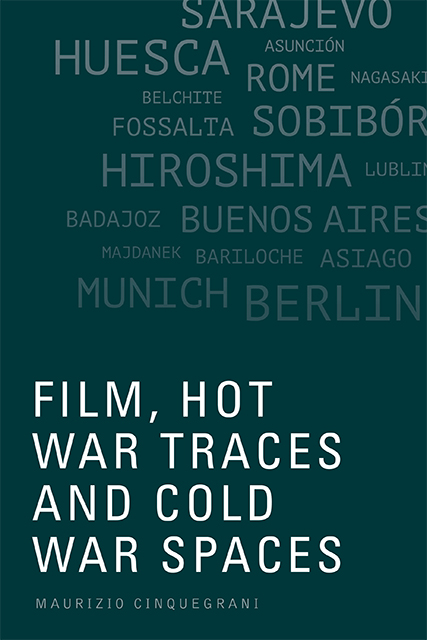7 - Via Mario Fani, Rome, Lazio, Italy, 16 March 1978, 9:02 a.m.
Published online by Cambridge University Press: 12 August 2023
Summary
A sixty-one-year-old man from Maglie, Apulia, is kidnapped by a unit of the militant far-left organisation known as the Red Brigades and his five bodyguards are murdered. His name is Aldo Moro and this happens on the morning of 16 March 1978 in Rome.
Today there is a children's room in one of the ground floor apartments of the building in Via Camillo Montalcini 8, a residential street named after a Piedmontese civil servant and located in Portuense, the eleventh borough of Rome. Two young girls play, do their homework and sleep in this room. There are toys, children's books, notebooks and there is no trace of the infamous prigione del popolo, the small cell where the Red Brigades imprisoned and put on trial Aldo Moro, the president of Christian Democracy and a former Italian Prime Minister, in the spring of 1978 during the weeks which led to his assassination on 9 May. In 1980 the apartment in Via Montalcini was identified by the police as the place where Moro had been kept in captivity and, at the beginning of the summer of that year, Ferdinando Imposimato, a prosecutor who was in charge of the investigation of the kidnapping of Moro, visited the apartment for the first time. Moro's captors had already dismantled the cell, sold the property and moved to a new location. All that was left of the cell was a mark on the wooden floor of the bedroom made by the bookshelves and fake wall behind which Moro spent almost two months during the most dramatic stage of the Years of Lead, that period of social and political struggle characterised by far-right and far-left political terrorism which began in the late 1960s and lasted until the late 1980s. A phenomenon related to the Cold War, terrorism in Italy mirrored the international tensions between the West and the Eastern Block and reflected the country's alignment with NATO and the Red Brigades’ revolutionary agenda.
- Type
- Chapter
- Information
- Film, Hot War Traces and Cold War Spaces , pp. 137 - 158Publisher: Edinburgh University PressPrint publication year: 2022

